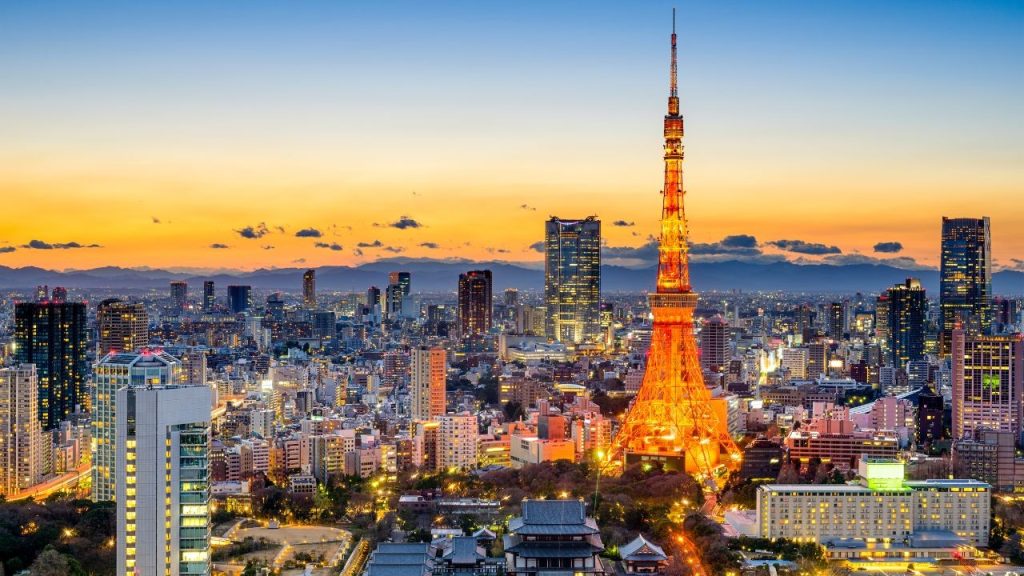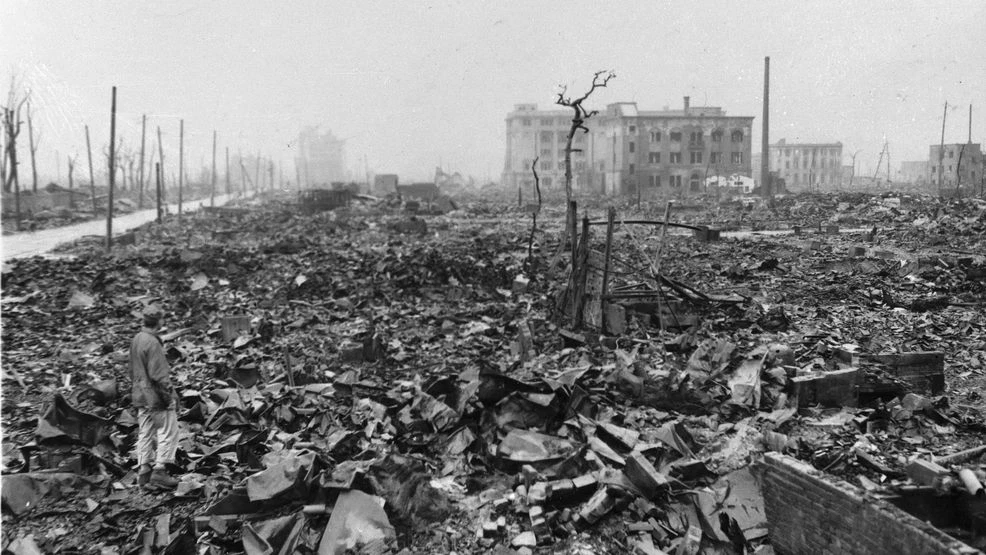Marks the 80th anniversary of one of the darkest chapters in human history—the atomic bombings of Hiroshima and Nagasaki in August 1945. In just two searing moments, entire cities were reduced to rubble, and hundreds of thousands of lives were lost or forever scarred. The devastation was unprecedented, leaving Japan physically shattered, economically crippled, and emotionally traumatized.
Yet, eight decades later, the world looks at Japan not as a defeated nation but as a symbol of resilience, innovation, and peace. The Japanese people’s journey from the shadow of mushroom clouds to the forefront of global economic and technological leadership is nothing short of extraordinary.

A Nation in Ruins
In the immediate aftermath of the bombings, Japan faced monumental challenges: cities in ruins, industries destroyed, and millions displaced. The nation’s spirit was tested as it navigated not only the physical rebuilding of infrastructure but also the psychological healing from the horrors of nuclear warfare.
Rebuilding with Determination
The 1950s and 1960s marked the era of the “Japanese economic miracle.” With a strong work ethic, innovative industrial policies, and assistance through the US-led postwar reconstruction efforts, Japan rebuilt its cities, restored its industries, and embraced modern technology. The bullet train (Shinkansen), launched in 1964, became a symbol of this new Japan—fast, efficient, and forward-looking.
From Victim to Advocate for Peace
Japan’s unique history as the only country to have suffered atomic bombings has made it a global voice for nuclear disarmament and peace. Hiroshima and Nagasaki are now international symbols of hope, with annual ceremonies reminding the world of the cost of war and the value of diplomacy.
Cultural Renaissance and Soft Power
While industry and technology flourished, Japan also exported its culture—from literature, cinema, and anime to cuisine and design—making “Cool Japan” a phenomenon. This cultural diplomacy strengthened Japan’s global image, showing the world a blend of tradition and innovation.
Global Leadership in the 21st Century
Today, Japan stands among the world’s leading economies, known for its high living standards, cutting-edge technology, and strong democratic values. It is an active contributor to global peacekeeping, humanitarian aid, and climate change initiatives—an inspiring testament to how a nation can rise from tragedy to triumph.
The Lesson of Japan’s Journey
Japan’s story is not just about recovery; it’s about transformation. It is a reminder that even the deepest wounds can heal, and nations can emerge stronger when unity, discipline, and vision guide their path.
As we mark this solemn 80th anniversary, Japan’s journey offers a timeless lesson: the strength of a nation lies not in its ability to avoid hardship, but in how it chooses to rise after it.
BY: Nadeem Faisal Baiga is the Editor-in-Chief of daily The Times Union, and monthly magazine Modern Muslim Digest
Disclaimer: Views expressed by writers in this section are their own and do not necessarily reflect The Times Union‘ point of view







